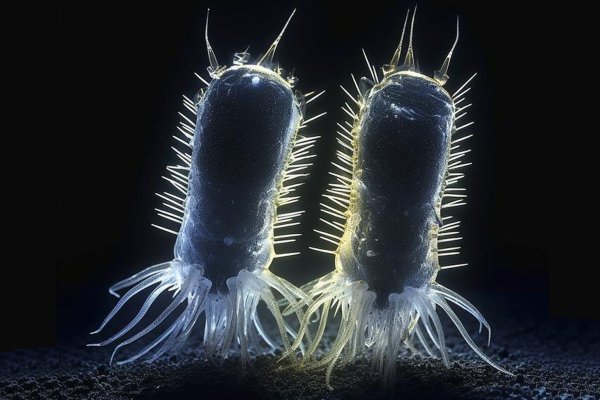How do you determine the most impactful scientific discoveries of 2023? National Geographic searched for those that speak most about who we are and who we can be. One eye on the past and one on the future, to determine the history of humans and our entire planet. Check selection:
1. Ripples in time and space
In June, the North American Nanohertz Gravitational Wave Observatory said low-frequency gravitational waves had been detected. They may arise from interaction between supermassive black holes, which could prove Einstein's theory of relativity, generating ripples in the fabric of space-time.
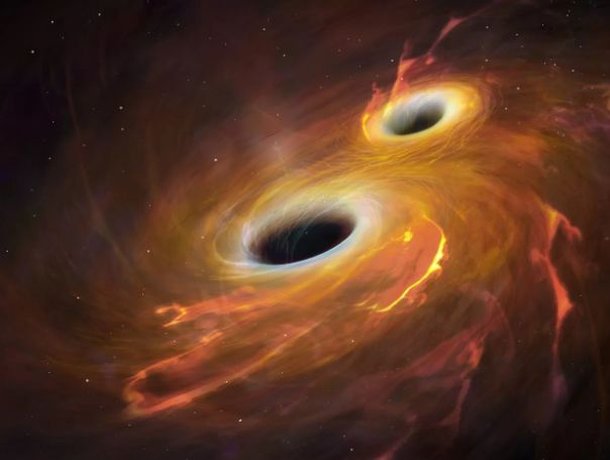 The interaction of black holes gave rise to waves. (Image: Reproduction Live Science)
The interaction of black holes gave rise to waves. (Image: Reproduction Live Science)
2. Audio return
This year, a prototype of an implant that can parse brain waves into words and sentences was introduced. This technology uses artificial intelligence and has sparked controversy over ethical issues related to its application. However, it can significantly improve communication for people with speech problems.
 A brain transplant can restore voice to someone who has lost it. (Image: Brown University)
A brain transplant can restore voice to someone who has lost it. (Image: Brown University)
3. The largest animal in history
The modern blue whale was once considered the largest animal ever, but has lost that spot to its distant cousin. Whales are a species Giant Perucetus, with fossils found off the coast of Peru, lived 37 million years ago and was enormous. New studies indicate that they could reach 20 meters in length and weigh 340 tons. The blue whale can reach 30 meters in length, but its weight rarely exceeds 200 tons.
 Representation of a prehistoric whale. (Photo: Adamworks)
Representation of a prehistoric whale. (Photo: Adamworks)
4. The origin of life
A 'forgotten kingdom' has been found in fossils unearthed in Australia. These are life forms called eukaryotes that consist of advanced cells dating back between 800 million and 1.6 billion years. The lineage of humans and all nuclear species derives from a common eukaryotic ancestor dating back 1.2 billion years. Therefore, the discovery revealed in June may bring something new Questions about the origin of life On our planet.
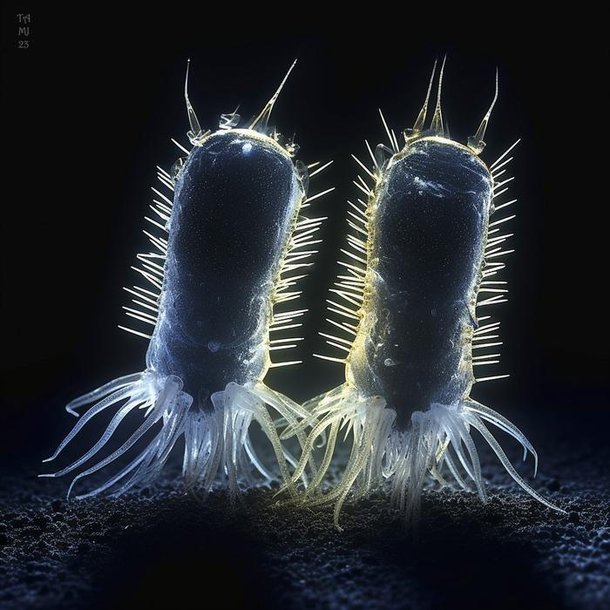 Representation of two primitive eukaryotic organisms. (Image: Eureka Alert)
Representation of two primitive eukaryotic organisms. (Image: Eureka Alert)
5. Menopause in the animal kingdom
A few mammals were known to undergo menopause: humans, short-finned pilot whales, beluga whales, narwhals, and false killer whales. The group gained a new member this year: a chimpanzee. Scientists made this discovery after tracking a group of wild animals in Uganda for more than two decades. Biologists are still trying to understand the evolutionary benefit of animals living long after the reproductive period. In the case of whales, the elders help raise the young, something not seen in chimpanzees.
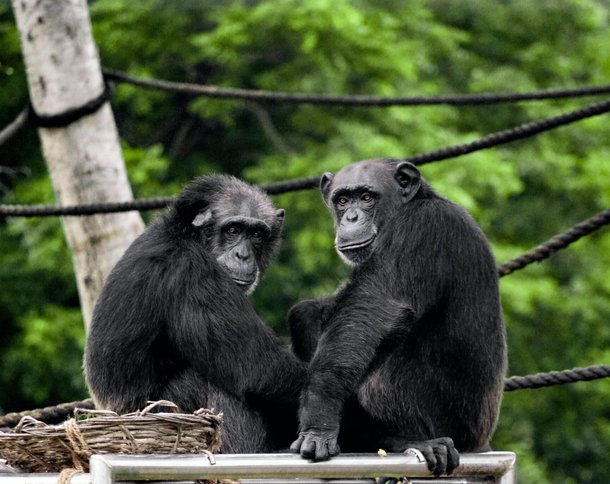 Menopause in chimpanzees occurs around the age of fifty. (Image: Unsplash)
Menopause in chimpanzees occurs around the age of fifty. (Image: Unsplash)
6. The new human genome
The International Human Reference Genome Consortium in May released the new Human Reference Genome, which updates previous models by including more racial and ethnic diversity, making it more representative of our race. Even if the genomes of two different people are 99% identical, identifying the characteristics of each person could contribute to major advances in medicine and medicine.
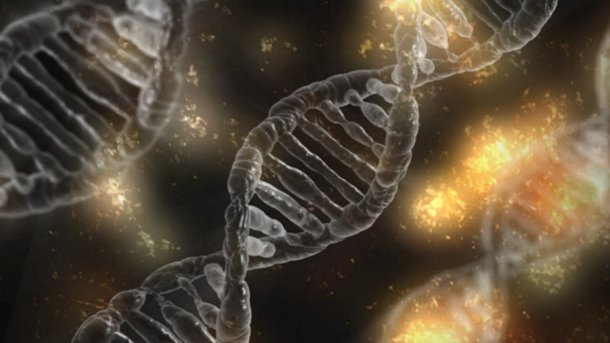 Humans have a new reference genome. (Image: Pixabay)
Humans have a new reference genome. (Image: Pixabay)
7. Phosphorus on Enceladus
This year, NASA unveiled the Cassini probe Signs of phosphorus were detected In hot springs emanating from Enceladus, one of Saturn's moons. This is one of the essential elements for life, along with carbon, hydrogen, nitrogen, sulfur and oxygen, which were previously discovered on the satellite. In this way, scientists believe that the moon could be habitable!
 Surface of Enceladus. (Photo: Wikimedia Commons)
Surface of Enceladus. (Photo: Wikimedia Commons)
